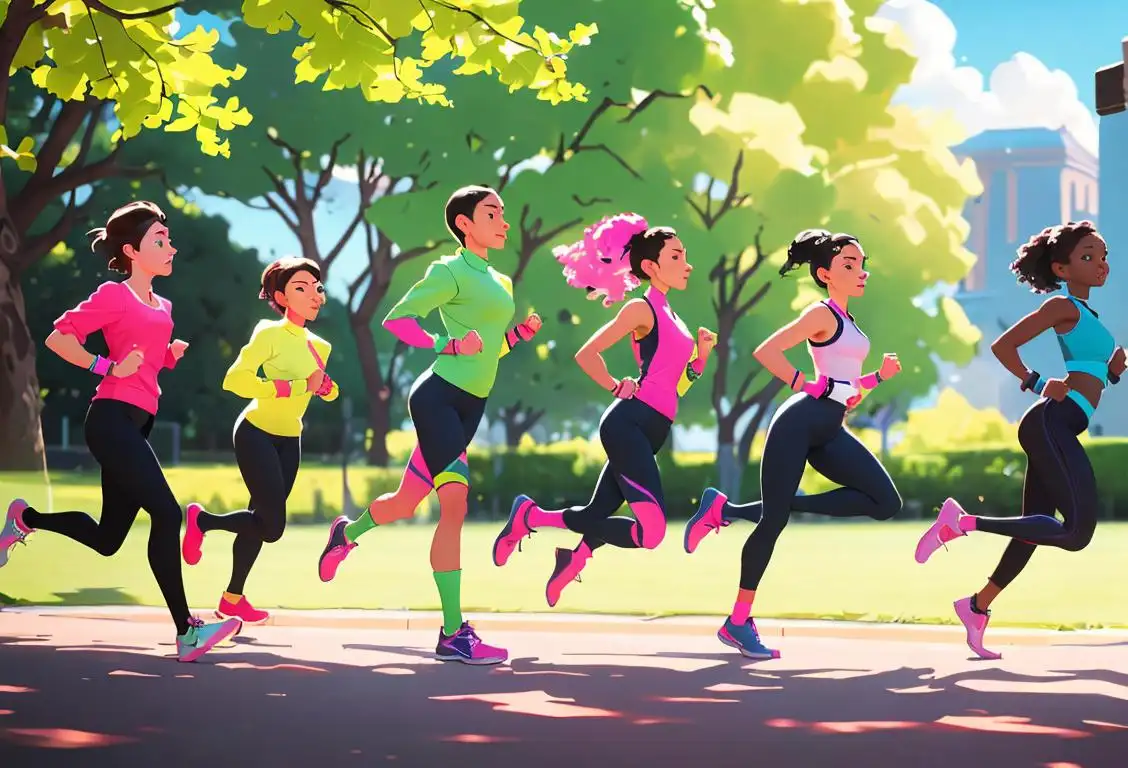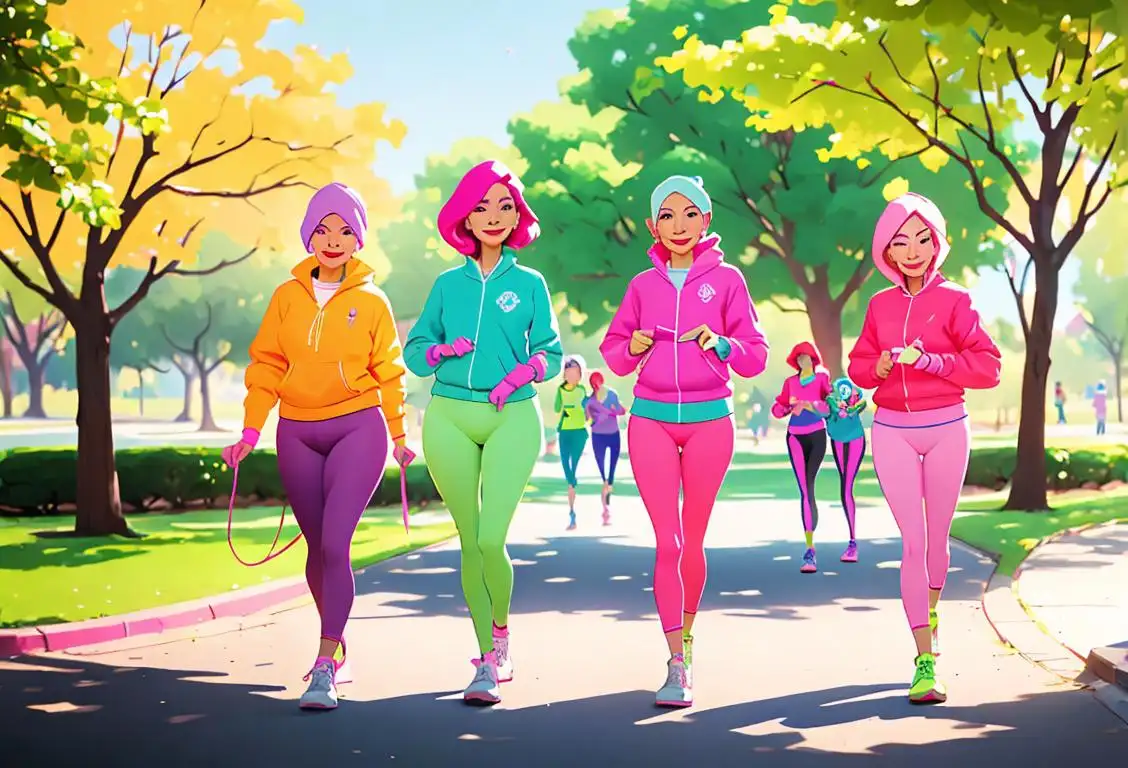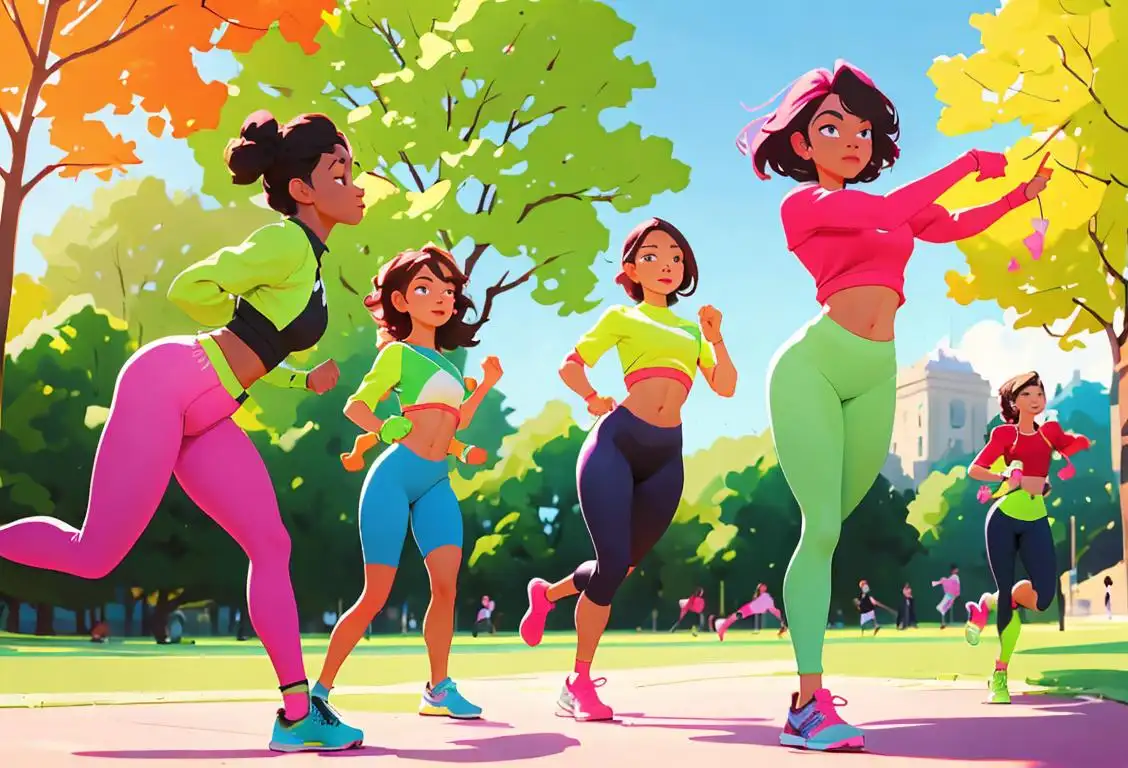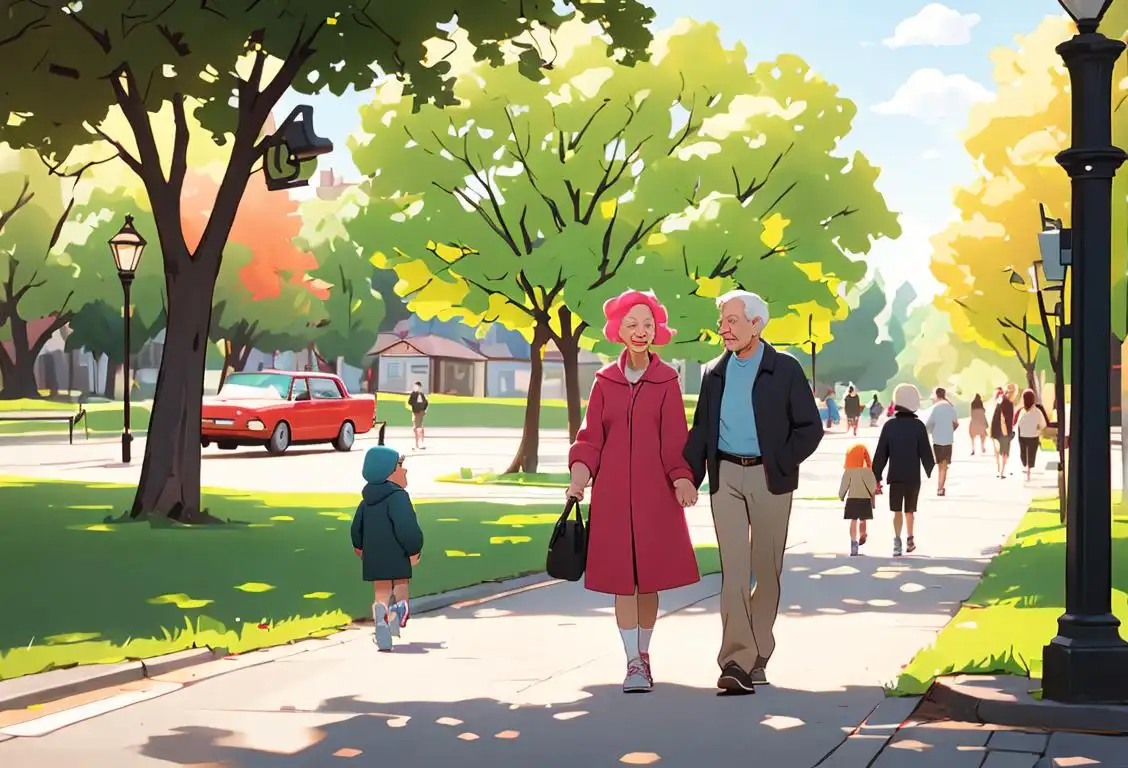National Squat Day

Have you ever looked at a chair and thought, 'Psshh, who needs you?' If so, you're the ideal candidate for National Squat Day - a day that celebrates, you've guessed it, the humble squat! With a mere 27 mentions online, this day might still be warming up its muscles for hamstringing fame but don't be fooled by it's modest reputation.
When is Squat Day?
It's national squat day on the 7th March.
History of National Squat Day
There aren't many exercises out there that hold their own celebratory day but squat, hold my protein shake, because this quad blaster isn't any other exercise. Though it has only garnered 27 mentions online, it appears to have done a remarkable PR in visibility with most mentions on March 7th 2018. Why March 7th? Well, why not? After all, a squat is a leap of fitness faith that can be done any day, anywhere and requires no gym membership or fancy equipment - it's truly democratic!
A Day to Get Behind!
Despite National Squat Day's still somewhat under-the-radar status, let's not forget what it stands for. It's a day that encourages us all to aim for a more active, healthier lifestyle. And to honor our gluteus to the maximus. After all, who doesn't want firm, stand-out and powerful glutes that can halve the stress on the knee joints!
How to Observe National Squat Day
How do you celebrate a day dedicated to one of the most primitive and primal movement patterns? Simply drop it like a squat! No bells, no whistles, just you and your commitment to redefine the laws of gravity in your favor. Give yourself a challenge of how many squats you can do in a minute or throughout the day. Better yet, challenge your friends and family and make it a fun day of fitness.
History behind the term 'Squat'
1386
Emergence of the Middle English term 'squatten'
In the year 1386, the Middle English term 'squatten' emerged, meaning to crouch or sit close to the ground. This term was derived from the Old French word 'esquatir,' which meant to calm down or suppress. The concept of squatting at this time often referred to a physical position rather than a specific act or behavior.
1879
Association of 'squatting' with occupying empty buildings
By the year 1879, the term 'squatting' started to be associated with the act of occupying empty or abandoned buildings without permission. It gained popularity during the rise of urban industrialization, when many workers faced housing shortages and resorted to squatting as a means of finding shelter. Squatting became more closely tied to the socio-economic challenges of the time.
1960s-1970s
Squatting as a form of political activism
During the 1960s and 1970s, squatting took on a new dimension as a form of political activism. In cities such as Amsterdam, New York, and London, squatters began to occupy abandoned buildings not only for housing but also to challenge the prevailing property ownership norms. Squatting became a way to protest against rising property prices, gentrification, and the lack of affordable housing options.
1980s-present
Continued relevance and diversification of squatting movements
From the 1980s onwards, squatting movements continued to evolve and diversify. The practice is often associated with countercultural communities, artists, and activists who see squatting as a means of reclaiming public spaces and challenging conventional notions of property rights. Squatting has also become a way for certain communities to create alternative living arrangements, such as intentional communities and eco-villages.
Did you know?
Did you know the world record for most squats in a minute is held by Dr. Thienna Ho, who performed an incredible 331 squats in January 2008? Now that's some serious squat goals!Tagged
awareness fun sports health strengthFirst identified
11th February 2016Most mentioned on
7th March 2018Total mentions
27Other days
Squat Day
Heart Valve Awareness Day
Run Day
Health And Fitness Day
Yoga Day
Cancer Prevention Day
Fitness Day
Leg Day
Running Day
Walking Day








